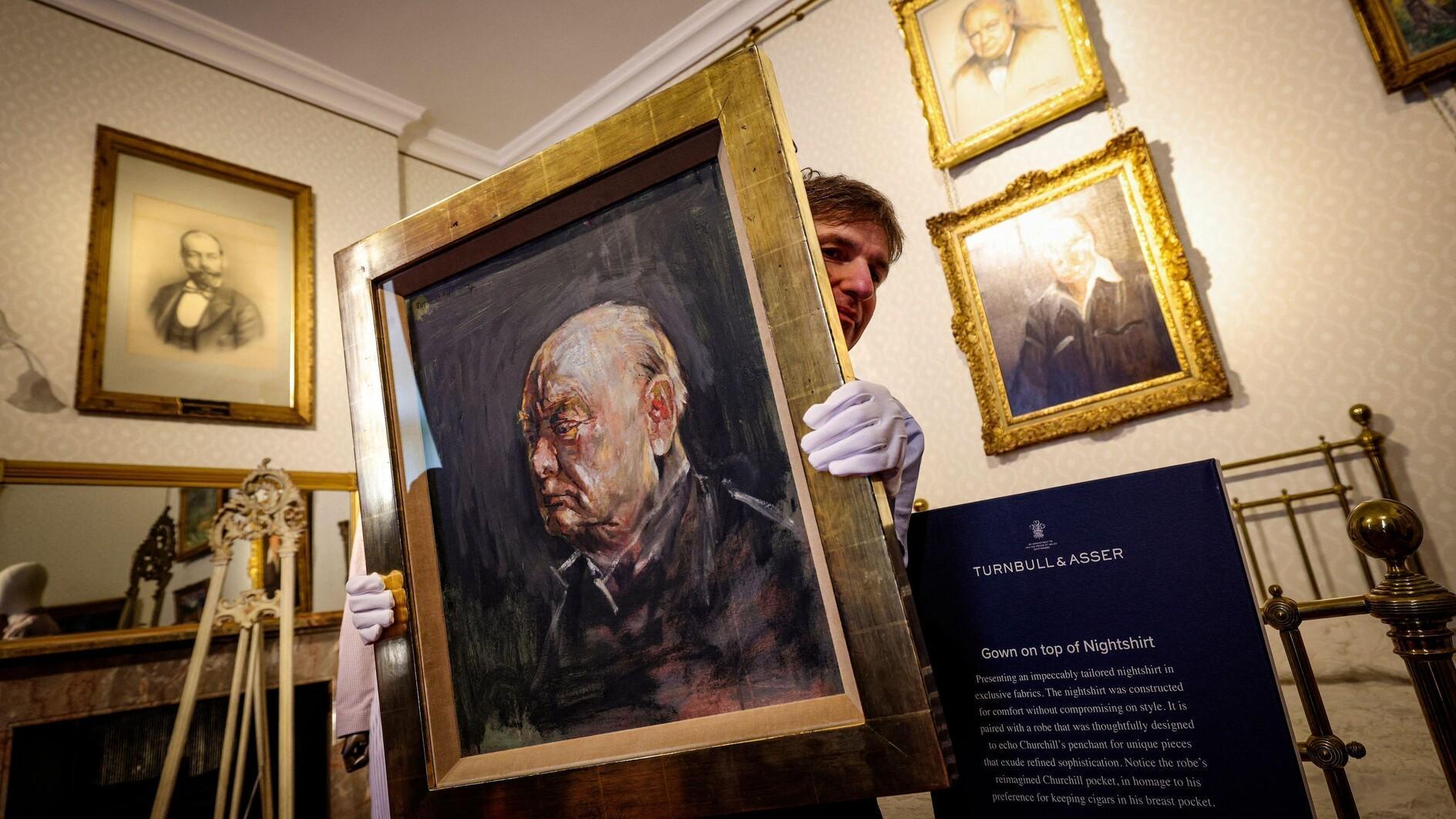İzmir sewage construction project poses risk to the ancient Phocaea
Ömer Erbil - İZMİR

DHA photo
The historic graves in the ancient city of Phocaea located in İzmir’s Eski Foça face damage due to an İzmir Metropolitan Municipality sewage construction project.Phocaea, an ancient Ionian Greek city located in Eski Foça, has been damaged due to a public water and sewage project done by the İzmir Directorate General of the Water and Sewage Systems (İZSU).
The İZSU decided to complete 85 percent of the project by 2011 and finish the rest in an area regarded as an archeological site.
However, the project had previously hit a road block before when the project was rejected by the İzmir 2nd Protection Board in 2011.
In its reasoning, the board said the project would seriously harm the archeological site.
However, in 2014, İzmir 2nd Protection Board approved the project despite the fact that no changes were made in the plans. In another twist of fate, thousands-of-year-old graves were found after the project had begun.
The experts, however, shut their eyes to the potential damages by advising the project managers to cover the historical graves with a geotextile membrane.
The İzmir Chamber of the City Planners then filed a complaint demanding an archeological excavation of the area. The İzmir 3rd Administrative Court then decided on hearing an expert opinion on the issue.
In their subsequent reports, three experts said the area could, in fact, be covered with geotextile membrane.
The board’s contrary decision will seemingly pave the way for construction work to take place in the area where ancient graves are located.
It has also been revealed that the historical artifacts have already been ruined by illegal digging for sewage and water routes.
Phocaea was the northernmost of the Ionian cities, sharing a border with Aeolis. It was located near the mouth of the river Hermus and situated on the coast of the peninsula separating the Gulf of Cyme to the north, named for the largest of the Aeolian cities, and the Gulf of Smyrna (now İzmir) to the south.
Phocaea had two natural harbors within close range of the settlement, both containing a number of small islands. Phocaea’s harbors allowed it to develop a thriving seafaring economy and to become a great naval power, which greatly influenced its culture.
Recent archaeological surveys have shown that the city of Phocaea was fairly large for the archaic period. Herodotus gives the size of Phocaea by the describing the walls of Phocaea as having a length of several stadia, an ancient Greek measurement meaning the length of a typical sports stadium.
















